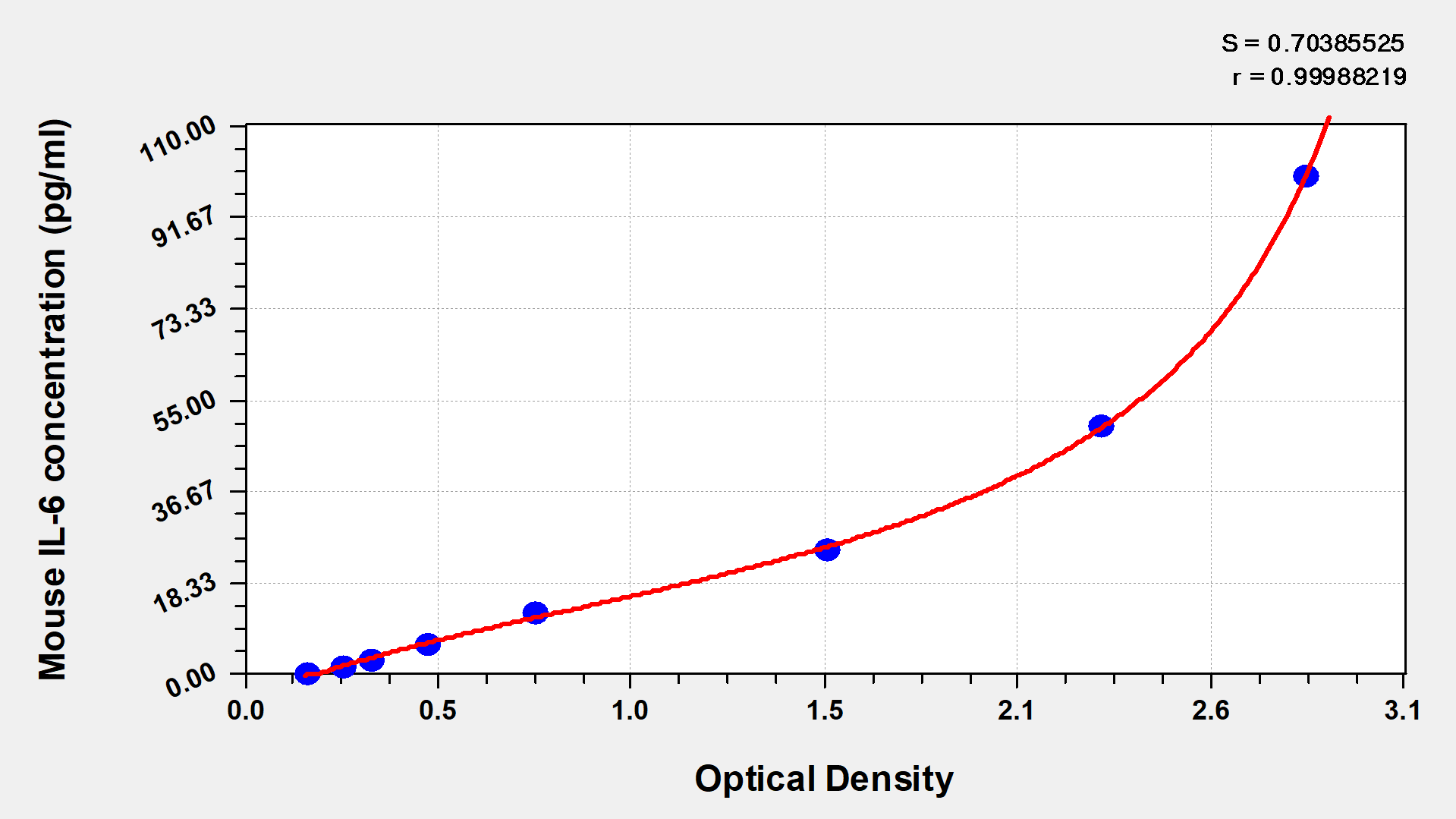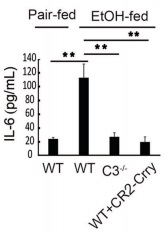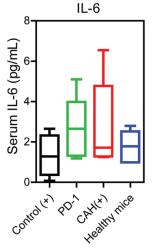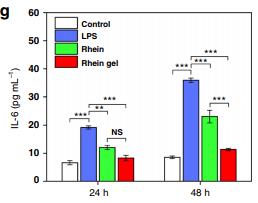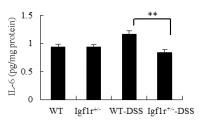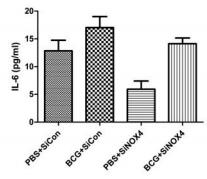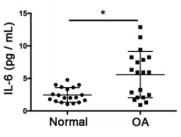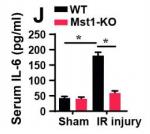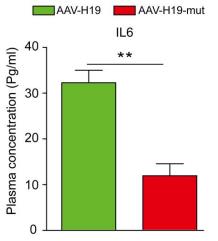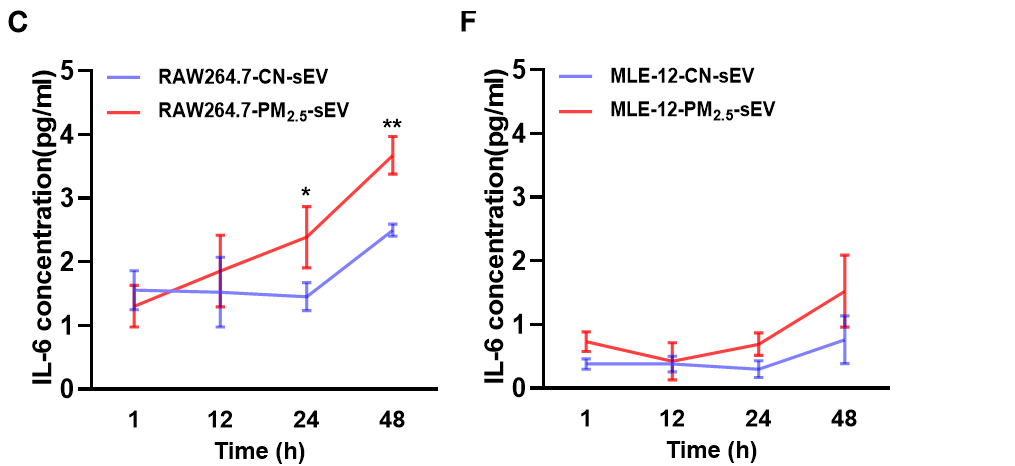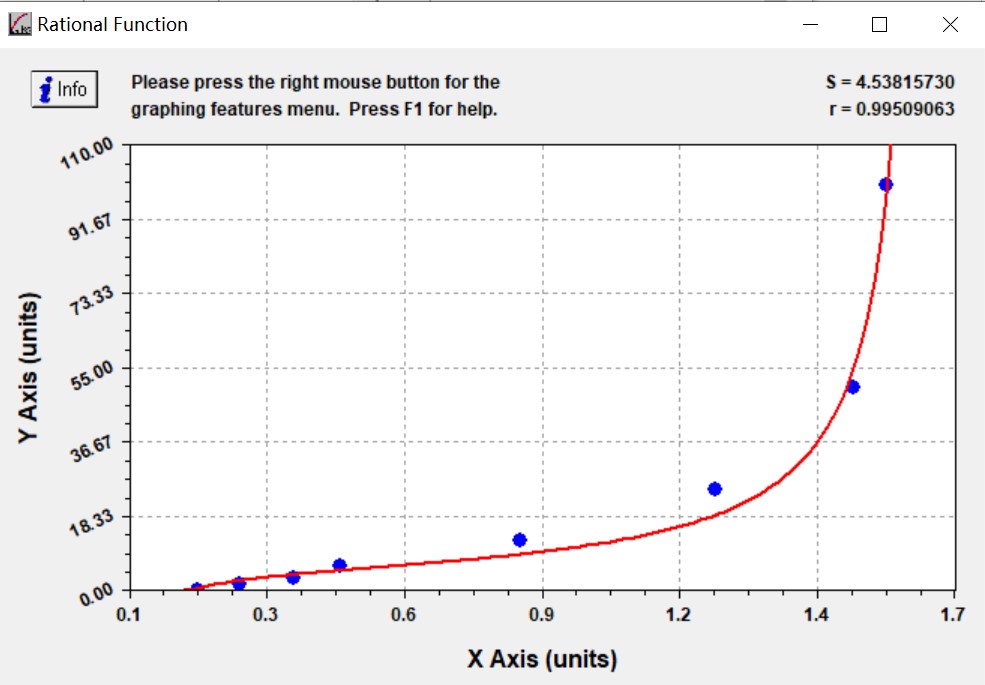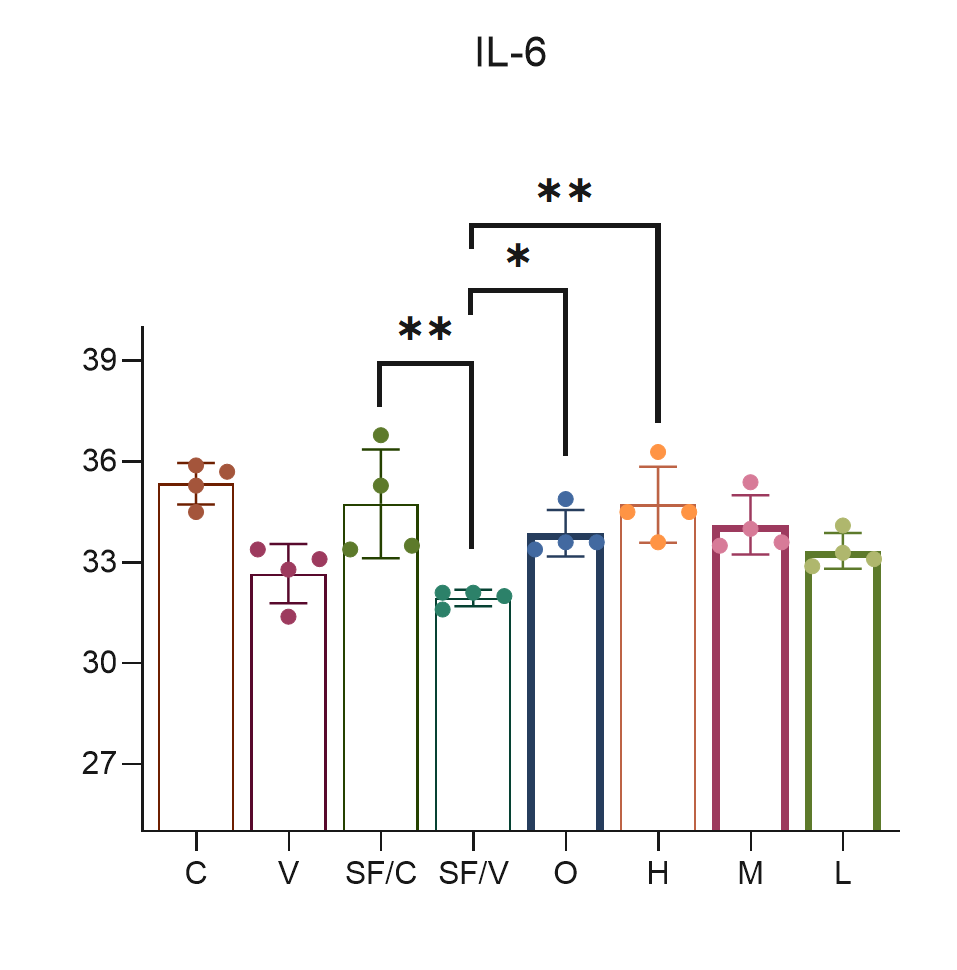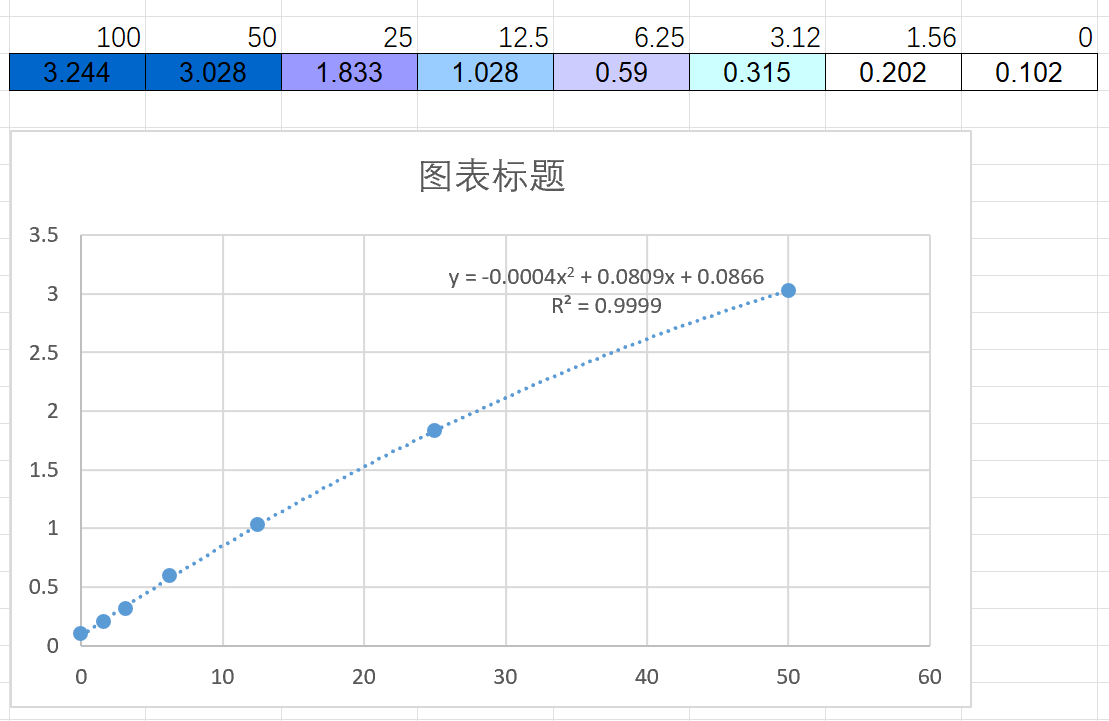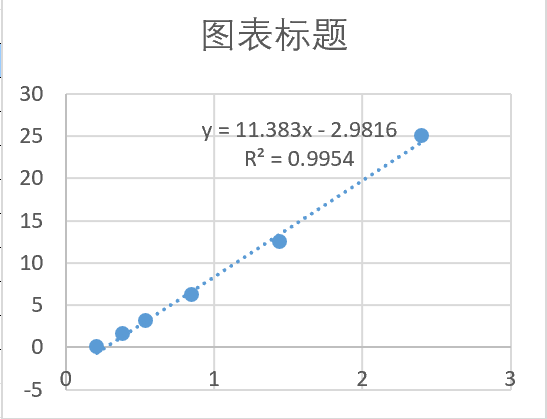Interleukin-6 (IL-6) is a multifunctional cytokine that plays important roles in immune responses, inflammation, and hematopoiesis. Originally identified as a B-cell hybridoma growth factor, IL-6 regulates the acute phase response, promotes B-cell differentiation into antibody-producing plasma cells, and stimulates T-cell activation. Various cell types produce this cytokine, including macrophages, T-cells, endothelial cells, and fibroblasts in response to inflammatory stimuli. IL-6 signaling occurs through binding to its receptor complex, triggering downstream pathways that influence cell proliferation, differentiation, and survival. This makes it an important mediator in both physiological and pathological processes.
The Mouse Interleukin 6,IL-6 ELISA KIT (CSB-E04639m) is designed for quantitative detection of IL-6 in Mus musculus samples using a sandwich measurement approach. This assay requires 50-100ul sample volume and can be completed within 1-5 hours. Detection is performed at 450 nm wavelength, providing researchers with a reliable method for measuring mouse IL-6 levels in their experimental studies.
Application Examples
Note: The following application examples are drawn from a selection of publications citing this product. For additional applications, please refer to the full list of references in the "Citations" section.
This mouse IL-6 ELISA kit has been used in inflammatory research to quantify IL-6 levels in various biological samples. The kit supports studies that examine cytokine responses in cellular and animal models, particularly in the context of immune activation and inflammatory processes.
• Inflammatory cytokine profiling - Measurement of IL-6 alongside other pro-inflammatory cytokines including TNF-α and IL-1β in comprehensive cytokine panels
• Macrophage research - Quantification of IL-6 secretion from cultured bone marrow-derived macrophages following various treatments and stimulations
• Plasma biomarker analysis - Measurement of circulating IL-6 levels in mouse plasma samples collected from experimental animal models
• Cell culture supernatant analysis - Evaluation of IL-6 production in cell culture systems to study inflammatory responses and cytokine release
• Gastrointestinal inflammation studies - Examination of inflammatory markers in experimental colitis models using dextran sodium sulfate
• Pharmacological intervention research - Measurement of IL-6 modulation in response to various therapeutic compounds and experimental treatments
• NLRP3 inflammasome research - Study of IL-6 production in the context of inflammasome activation and related inflammatory pathways

